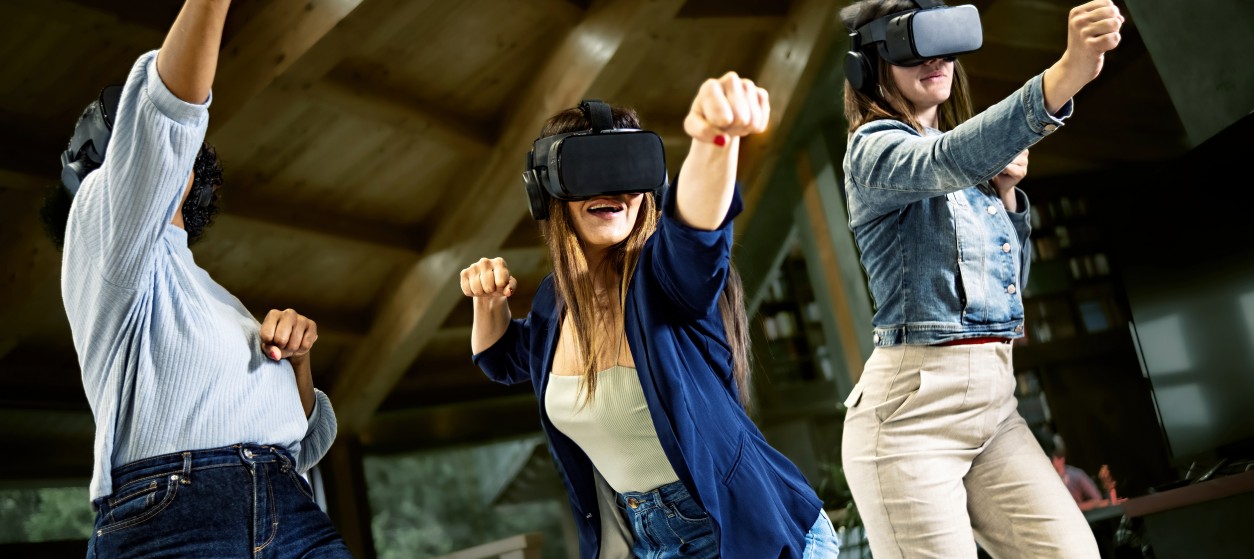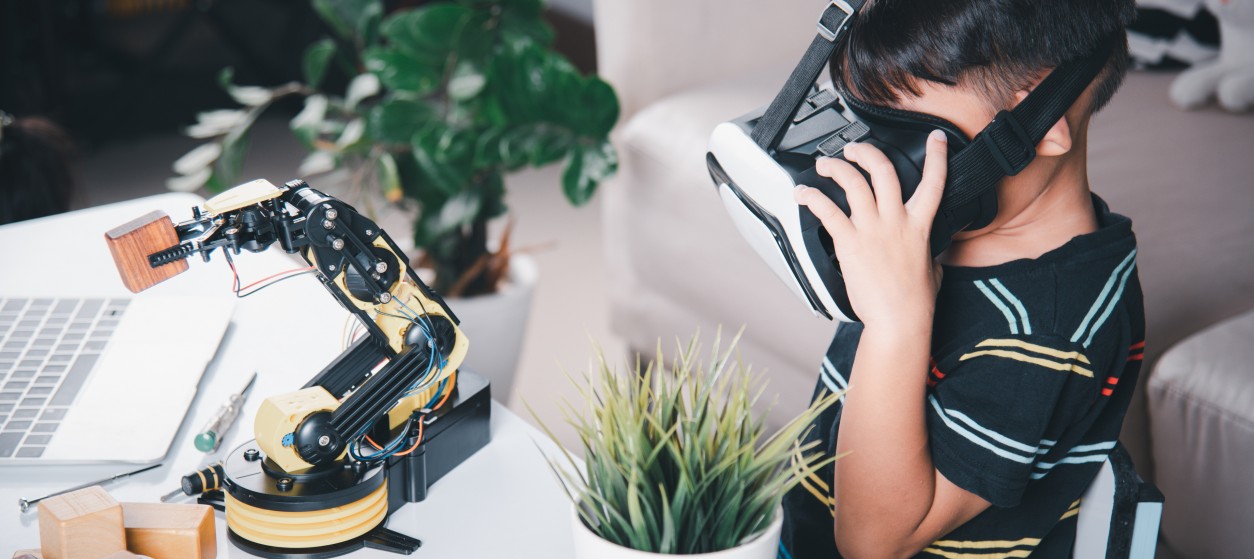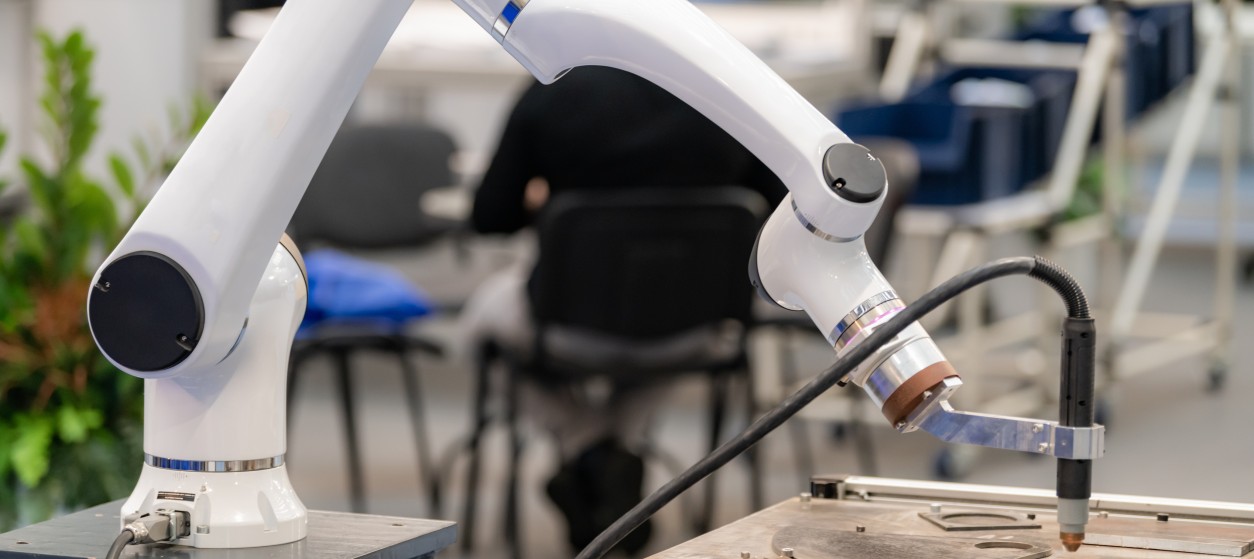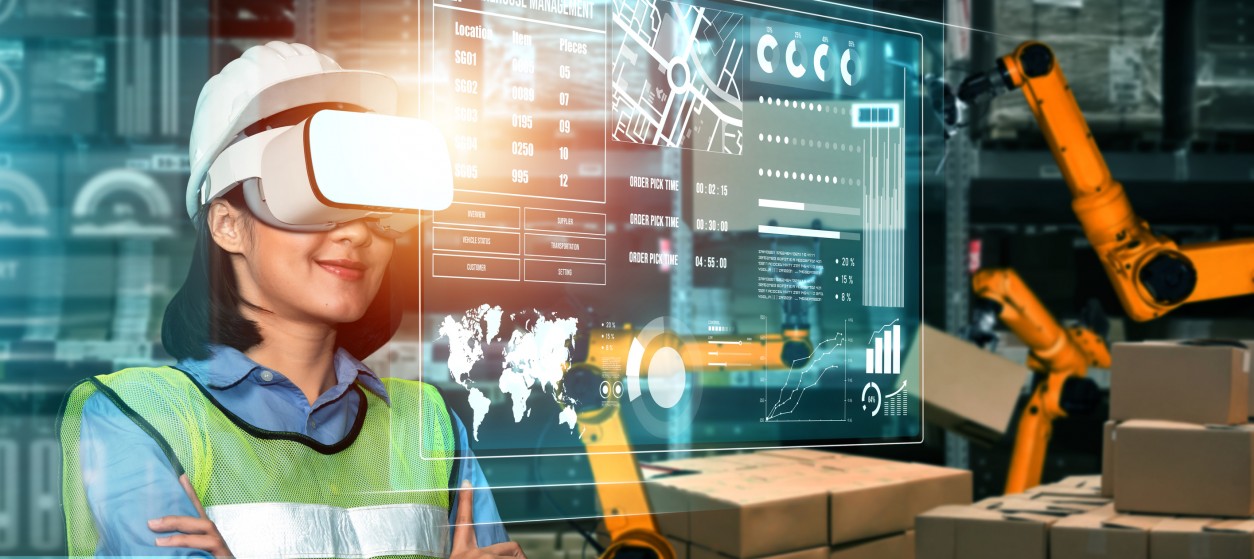Field service engineering has always been an important, yet challenging task for industrial organizations, which invest significant budget on Maintenance and Repair Operations (MRO). MRO processes are implemented in multiple industrial settings including manufacturing shopfloors, energy plants, oil refineries, smart buildings, smart homes and more. In all these settings there is a need for maintaining and replacing equipment in order to ensure graceful operation of systems and processes. This requires planning for technician visits and availability of spare parts, as well as the establishment of proactive, responsive and cost-effective MRO processes that minimize expenses and optimize business results. In this landscape, Virtual Reality (VR) and Augmented Reality (AR) technologies are effectively used to increase the safety and productivity of field service workers.
VR and AR implementations for field service engineering leverage cyber-presentations MRO information and processes, as a means of guiding maintenance workers in completing their service tasks. This guidance results in faster and safer completion of tasks, when compared to conventional processes which involve the use of paper manuals for access to relevant information. Technicians no longer need to read these manuals and can access the required information through smart glasses and head mounted displays.
AR/VR in Field Service Engineering: The Enablers
The introduction of digital technologies in industrial processes has enaled the use of AR and VR in field service engineering. Some of these technologies are:
- Industrial Internet of Things and BigData: The development of cyber-representations of the field, hinges on the availability of rich data about industrial environments and processes, as well as about their status. The advent of Industrial Internet of Things facilitates the automated collection of field data based on sensors and other internet connected devices. As an example, vibration and ultrasonic sensors on smart machines can be used to provide rich information about the operational status of the equipment. Likewise, BigData technologies facilitate the consolidation and analysis of these datasets in order to derive knowledge about field devices and processes. For instance, by applying BigData analytics over asset management datasets it is possible to derive detailed information about the status and condition of equipment, which can latter be displayed to maintenance workers as part of AR or VR applications.
- Interoperability: Datasets about industrial processes tend to be fragmented and “siloed” across different systems within an organization (e.g., ERP, MRP and Asset Management systems). However, AR and VR applications require consolidated and interoperable datasets, which can be processed in a unified way. Therefore, recent developments in AR and VR are empowered by the rise of data interoperability technologies for field services engineering, including standard-based representations of datasets.
- Advances in Wearables devices: AR and VR applications are based on a variety of wearable devices, notably Head-Mounted Displays (HMD). HMDs deliver visual information to end-users as part of VR/AR applications, while at the same time supporting additional functionalities such as picture taking, recording of videos, information collection from external sensors, as well as interfacing with other devices based on wireless technologies such as Bluetooth, Wi-Fi, and GPS. The most prominent examples of HMD are smart glasses and virtual reality headsets (such as Oculus Rift). They are both very commonly used in field service engineering, in order to display information about MRO tasks instantly and in a context-aware fashion.
Prominent Benefits and Use Cases
AR and VR processes deliver a host of benefits for field service engineering, based on a variety of different applications, including:
- Training: Nowadays, field workers need not be trained in harsh environments that are very difficult to setup and operate. Rather they can view a VR representation of a given task, including its operational details. That’s much more effective nad hands –on than conventional classroom based training. For example, there are AR applications that enable experienced workers to train freshmen in maintenance processes. The training setting involves transmitting and intercepting the actions of the experienced worker to the real-life environment of the less experienced worker through an AR representation. The less experienced worker is able to see how the more experienced colleague is performing the task, along with relevant instructions in real-life conditions.
- Remote maintenance: AR applications can be also used to help workers complete maintenance tasks from remote locations. Similar to the AR training case, instructions and proposed actions in a given industrial environment can be demonstrated with the involvement of a maintenance expert from remote. In this way, maintenance experts do not need to travel to the maintenance location, while planning of MRO tasks becomes faster and easier.
- Advanced Ergonomics and Faster Access to Information: Based on VR/AR, digital representations of solution information (e.g., manuals) can be provided to workers in an ergonomic and context-aware fashion. Workers no longer need to spend significant time browsing manuals for a given service task. Rather, they have access to a digital representation of the instructions, which is more user-friendly and easy to read.
- Security and Safety: AR and VR makes it possible to present factory workers with the status of devices or locations that are not visible during the execution of a service task. As an example, consider a task that involves access to switches at the rear of a large machine. By delivering an AR representation of the status of the machine, the service process is made less tedious and above all much safer.
- Information Sharing and Collaboration: AR applications ease collaboration among field service workers, by enabling them in sharing information about the status of industrials assets and environment in almost real-time. This is extremely important for carrying out collaborative maintenance activities involving multiple tasks in large scale environments.
Barriers and Challenges
It’s clear that AR and VR technologies promise to change the field service engineering landscape and lead to higher productivity. Nevertheless, there are still barriers and challenges to be overcome, including:
- Talent Gap: The deployment and operation of AR/VR applications for field service engineering requires the active engagement of personnel with digital skills. Nowadays there is a lack of digital skills among field service workers, which can be a serious set-back to the wider adoption of these technologies.
- Poor Acceptance: The use of AR/VR technologies in field service engineering requires a cultural shift among workers and enterprises, since it introduces changes in processes, roles and responsibilities. The latter are usually associated with a rather poor acceptance of these technologies among end-users that is also hindering their wider adoption.
- Lack of standards-based reference implementation: Most AR/VR field service engineering implementations are currently proprietary. Despite the emergence of standards for the collection and analysis of field data (e.g., standards of the Industrial Internet Consortium), there are still very few reference implementations. Hence, potential adopters have no easy ways of ensuring technological longevity and the flexible replication of deployments in different settings.
- Need for business models: Technology integrators are currently seeking for novel business models that could deliver tangible return on investment, not only to them, but mainly to the end users of these solutions. Such business models are still not widely available.
In the years to come, VR/AR technologies will find their place in industrial environments, as useful tools for field services engineering. This will change the life and productivity of field workers for the better. At the same time, it will deliver tangible business benefits to the enterprises, through offering them with more timely and cost effective solutions for maintaining their assets.










